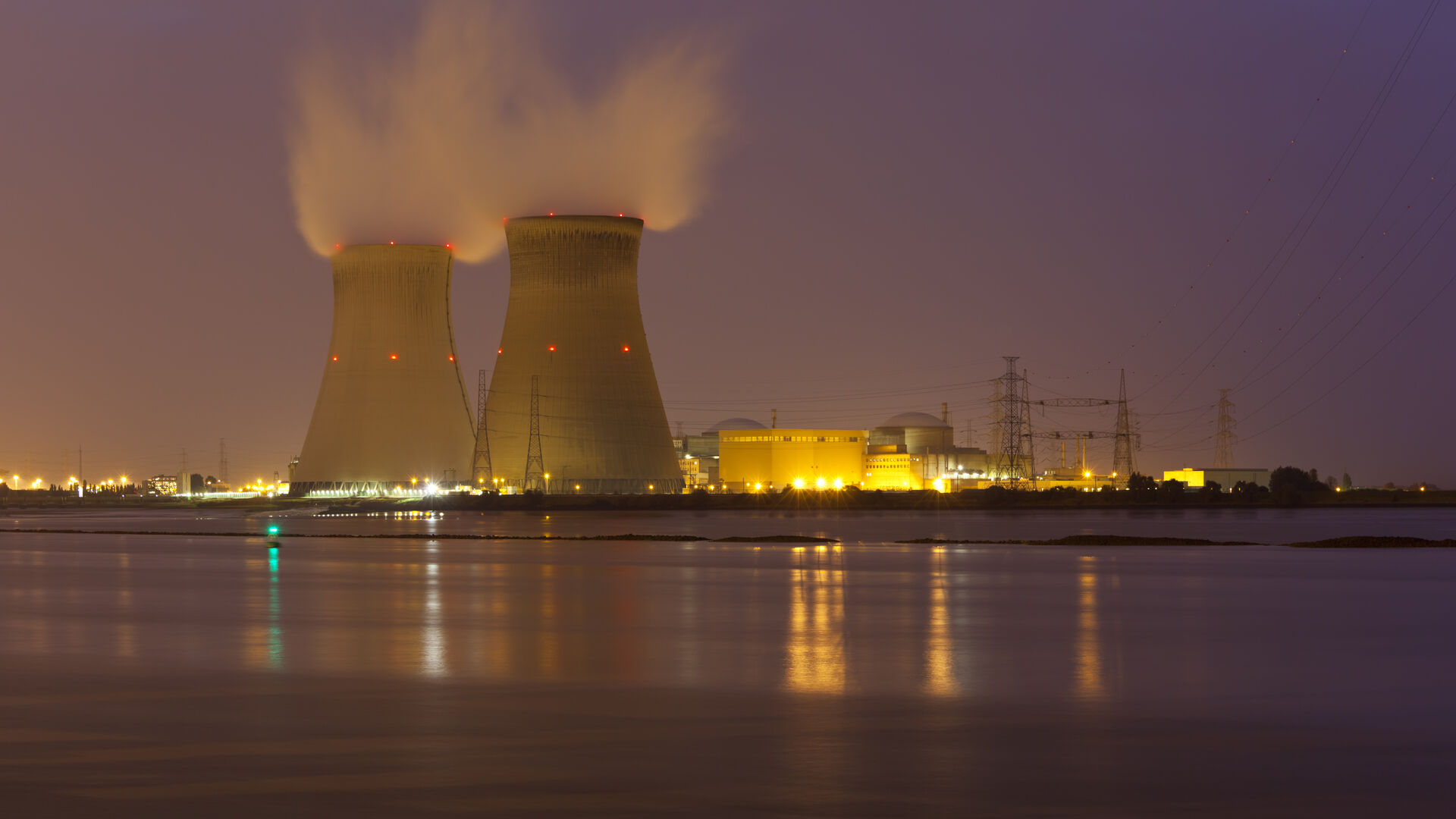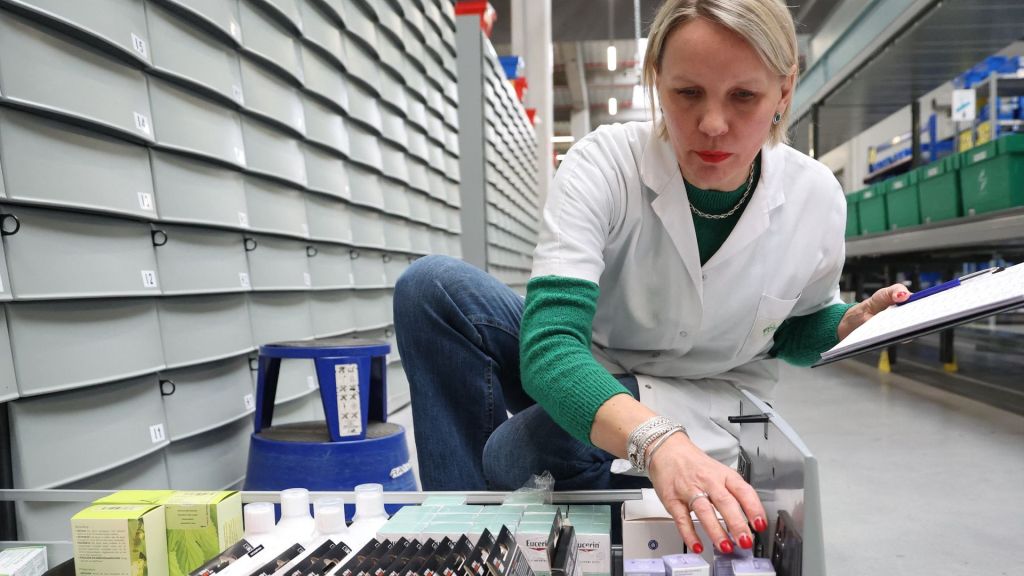
NUCLEAR POWER IN THE UNITED STATES IS EXPERIENCING A BIT OF A RENAISSANCE.
A GLOBAL COMMITMENT TO CUT CARBON EMISSIONS, COUPLED WITH RUSSIA’S INVASION OF UKRAINE AND THE RESULTING SPIKE IN CARBON FUELS, IS FORCING POLITICIANS, ENERGY PRODUCERS AND INVESTORS TO RECONSIDER A NUCLEAR FUTURE.
AFTER WORLD WAR II, THE U.S. WAS THE GLOBAL LEADER IN NUCLEAR POWER. TODAY, THE U.S. STILL LEADS BUT OTHER INDUSTRIALIZED COUNTRIES HAVE CLOSED THE GAP.
OVER THE LAST DECADE, HOWEVER, NUCLEAR PLANTS WERE SHUT DOWN IN FAVOR OF CHEAPER NATURAL GAS POWER.
BUT CHEAPER ISN’T ALWAYS BETTER, AND IF THE WORLD WANTS TO CUT CARBON EMISSIONS THE INTERNATIONAL ENERGY AGENCY SAYS WE NEED TO DOUBLE NUCLEAR CAPACITY BY 2050.
TO THAT END, THE BIDEN ADMINISTRATION CREATED THE CIVIL NUCLEAR CREDIT PROGRAM. BACKED WITH $6 BILLION IN FUNDING, THE PROGRAM’S AIM IS TO EXTEND THE LIVES OF SOME NUCLEAR PLANTS SCHEDULED TO CLOSE
UTILITY COMPANY PG & E JUST ASKED THE DEPARTMENT OF ENERGY FOR AN EXTENSION ON ITS APPLICATION INTO THE PROGRAM. THE ENERGY PROVIDER IS TRYING TO KEEP TWO PLANTS AT DIABLO CANYON IN CALIFORNIA ON THE GRID.
BUT EXPERTS SAY THE FUTURE OF NUCLEAR ISN’T FIXING WHAT’S OLD, BUT BUILDING NEW.
SMALL MODULAR REACTORS, OR SMR’S, ARE DESIGNED TO BE SIMPLER AND SAFER THAN CONVENTIONAL NUCLEAR POWER PLANTS.
LAST YEAR, WYOMING SENATOR JON BARRASSO PRAISED THE NEW TECHNOLOGY AT A GROUNDBREAKING CEREMONY FOR A NUCLEAR FACILITY TO REPLACE ONE OF THE COWBOY STATE’S COAL FIRED PLANTS.
BARRASSO: THIS IS ANOTHER WAY FOR US TO DIVERSIFY OUR ALREADY VERY STRONG ENERGY ECONOMY. THIS IS GOING TO BE THE FIRST ONE. THE ENERGY IS GOING TO BE AFFORDABLE, RELIABLE AND CARBON FREE. THIS IS WHAT ENERGY INNOVATION LOOKS LIKE IN AMERICA.
THERE ARE 92 NUCLEAR POWER PLANTS CURRENTLY OPERATING IN THE U-S—GENERATING ABOUT 20% OF U-S POWER. THE NEWEST REACTOR CAME INTO SERVICE IN 2016. IT WAS THE FIRST IN ABOUT 20 YEARS.










